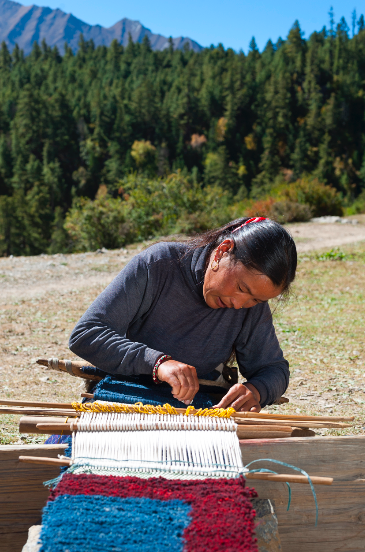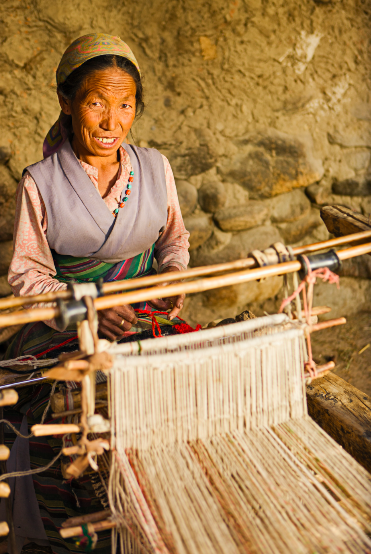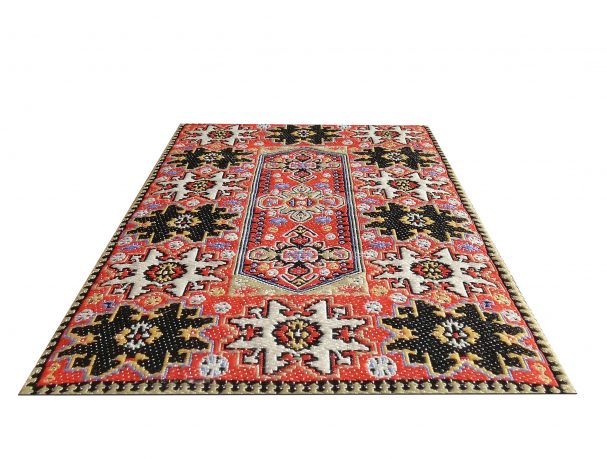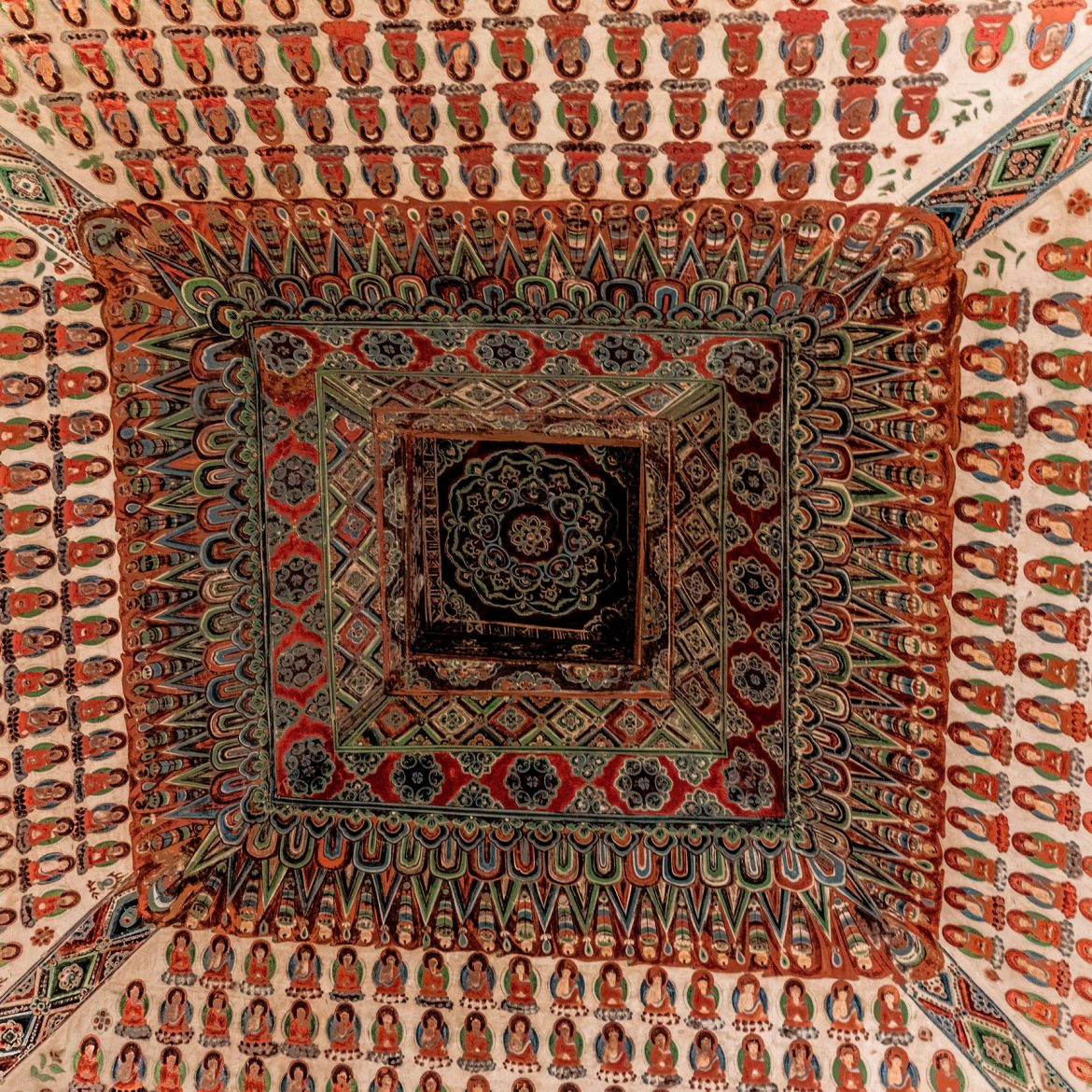When it comes to creating a warm, inviting atmosphere at home, rugs can really set the scene and Tibetan knot rugs have the floor in the decor industry right now.
With a rich history dating back centuries, these exquisite handwoven creations carry with them a legacy of craftsmanship, tradition, and cultural significance as well as the lush texture from high pile hand-craftsmanship, it’s a decor element that will stand the test of time in your home.
ALSO SEE: Our best home decor inspo for a cozy cove this winter
What are Tibetan knot rugs?
Tibetan knot rugs are historical rugs made by using a hand-knotting technique. Yarn is wrapped around a metal rod and tied in a specific knot style then cut to create luscious tufts. These rugs are ultra soft and invite you to plonk down on top of them.
An ancient practice…
Tibetan rugs have a rich history rooted in the mountainous region of Tibet, where nomadic tribes and village weavers crafted these exquisite pieces by hand.

Getty
With their origins dating as far back as the 7th century, Tibetan rugs were initially created for practical purposes such as insulation against the harsh Himalayan winters. Over time, their intricate designs, vibrant colours, and remarkable craftsmanship transformed them into sought-after works of art.
Craftsmanship and technique
A defining characteristic of Tibetan rugs is the meticulous craftsmanship that goes into their creation. It is traditionally made from high-quality Tibetan sheep wool and then hand-knotted using a unique technique.
The weavers use a vertical loom, knotting the individual strands of wool with a special knot called the Tibetan knot, also known as the Senneh knot. This method allows for intricate patterns and designs to be woven into the rug, reflecting the weaver’s creativity and skill.

Getty
The symbolism of Tibetan knot rugs
Tibetan rugs often feature symbolic motifs and patterns that carry deep cultural and spiritual significance.
These designs may incorporate elements such as dragons, lotus flowers, snow lions, or the eight auspicious symbols of Tibetan Buddhism. Each symbol carries its own meaning, representing aspects such as protection, longevity, wisdom, or spiritual awakening. By incorporating Tibetan rugs into your decor, you not only infuse your space with beauty but also honor the rich heritage and traditions of Tibetan culture.
A lotus image is present on a Tibetan rug and it symbolises spiritual purity. Tibetan rugs can also be prayer flags as the colours hold meaning. The bright and beautiful hues represent the elements of sky, air, fire water and earth.

Getty
Incorporating Tibetan rugs into your space
Here are some tips to consider when incorporating an authentic Tibetan rug into your space:
Focal point: Create a statement by placing a Tibetan rug as a centerpiece in your living room or dining area. The intricate patterns and vibrant colours will instantly draw attention and add depth to the space.
Colour palette: Use the colours present in the Tibetan rug as inspiration for your overall colour scheme. Pull out hues for accent walls, throw pillows, or curtains to create a harmonious and cohesive look.
Layering: Combine a Tibetan rug with other rugs or textures to create visual interest and a cozy atmosphere. Layering different textures and patterns adds depth and character to your space.
Wall hangings: Consider using a smaller Tibetan rug as a wall hanging. It can serve as a unique and eye-catching piece of art, adding warmth and texture to your walls.
Bedroom serenity: Place a Tibetan rug beside your bed to create a soft and comforting landing spot when you wake up. The luxurious feel of the rug under your feet will enhance your morning routine.
ALSO SEE:
Featured Image: Getty

